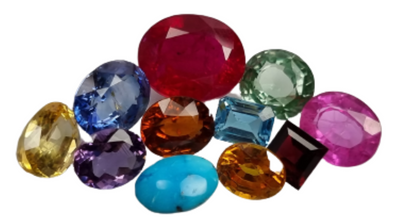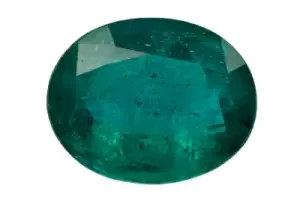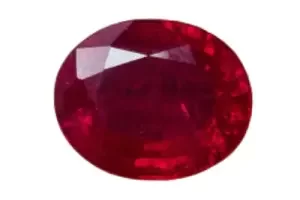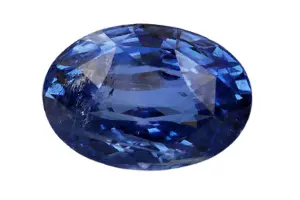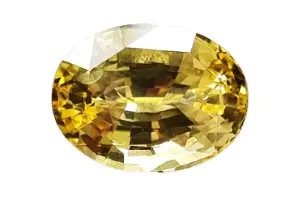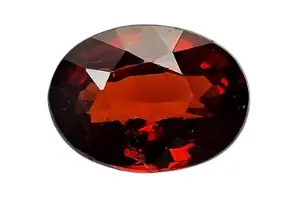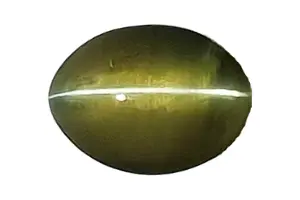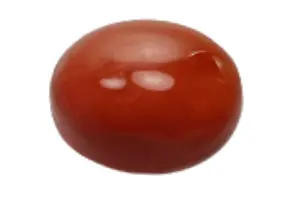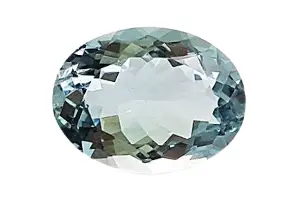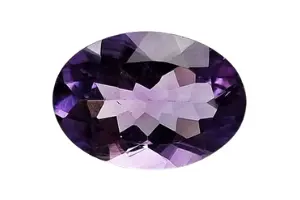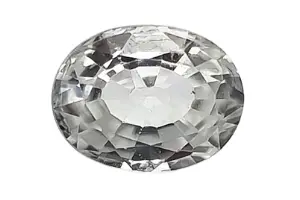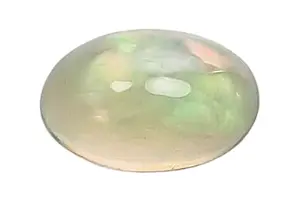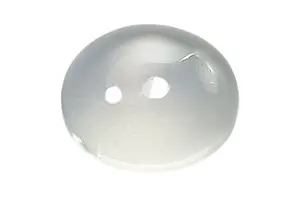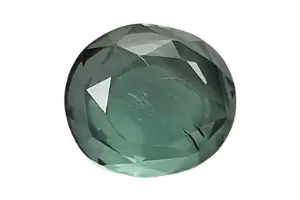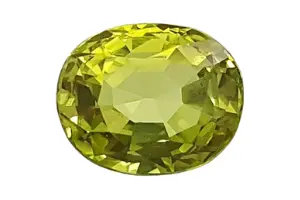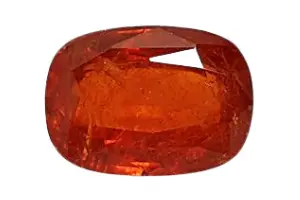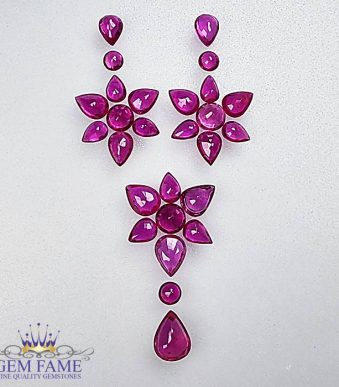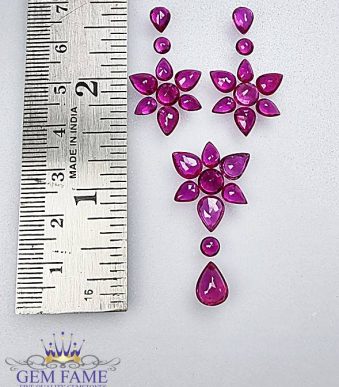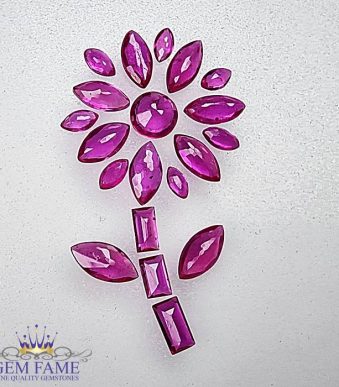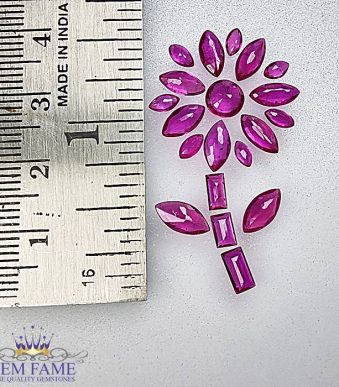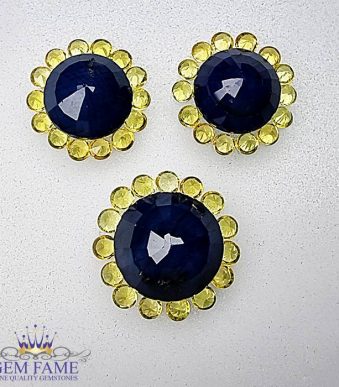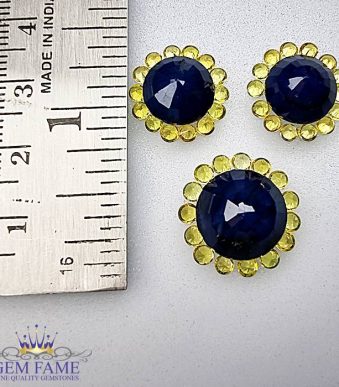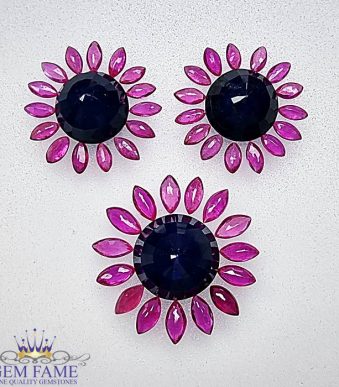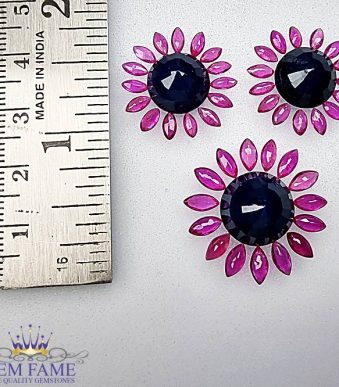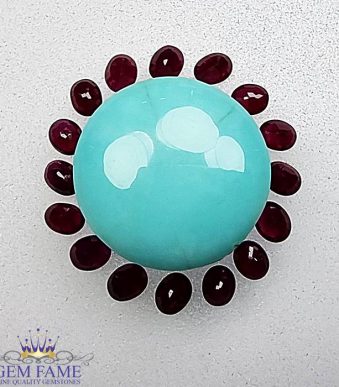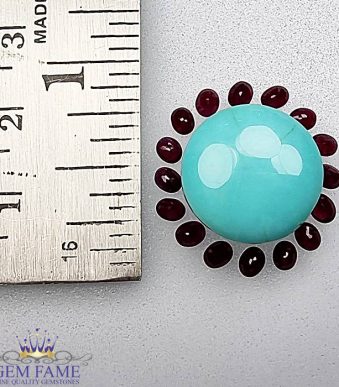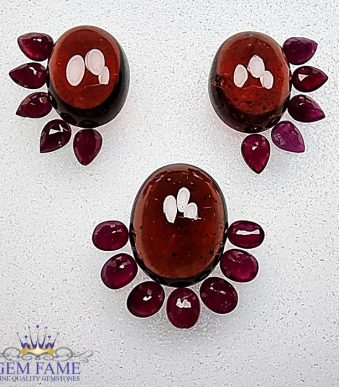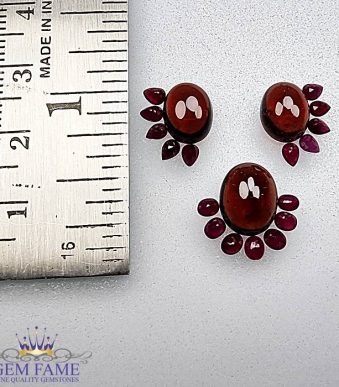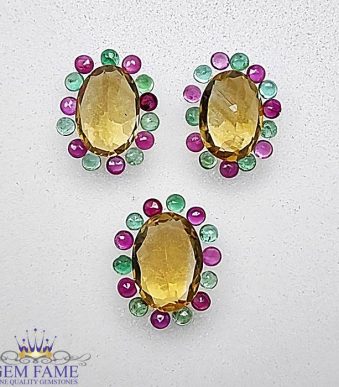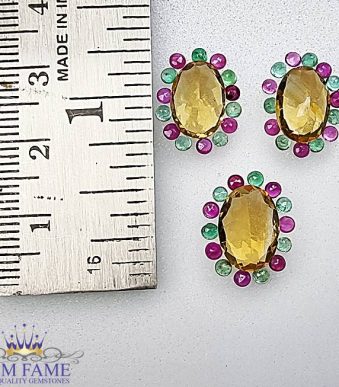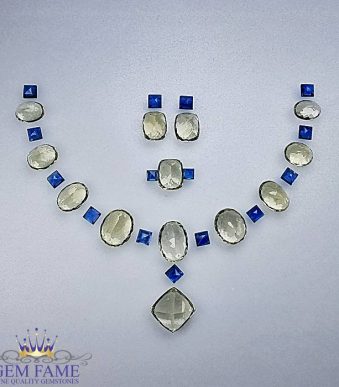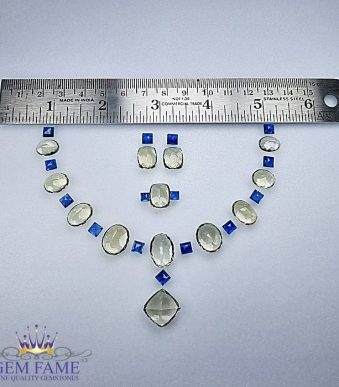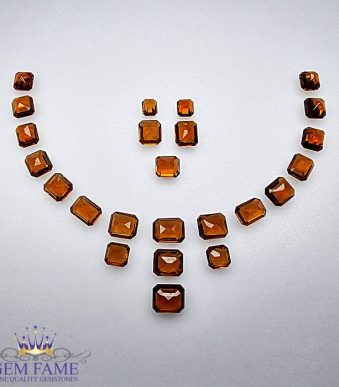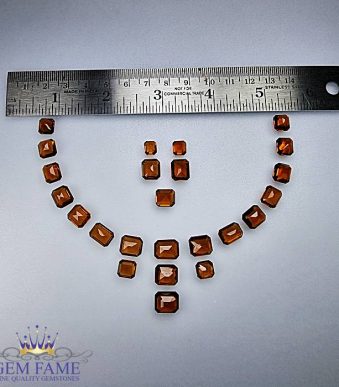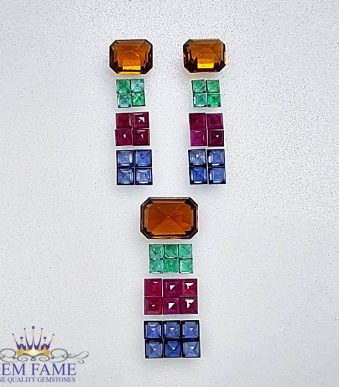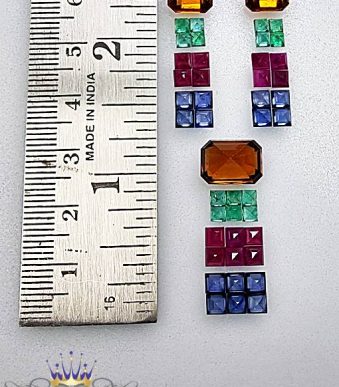Previous slide
Next slide
Gemfame.com is a prominent online provider of genuine quality Precious and Semiprecious stones with valid trust at an affordable price for decades. It is an ultimate destination with a range of extensive multinational collections of Gemstones to choose from and procures with the utmost satisfaction of the Customers. It is also a well-known outstanding service provider with full care, coordination, and expert consultation of the desired products of the Customers to get the best value for money.
best selling gemstones
Your one-stop destination shop for Best Selling Gemstones, marvels, and choicest gems with exceptional quality at a great price, which world’s untold treasures bring your life delight.
exclusive gemstones
If you are looking for something exclusively different and special, you are in the right place. Step into our most reliable online shop. and find that perfect jewel stone to suit your every need.
Popular gemstones
The best-trusted place for buying precious gemstones for everything you need with the most reliable source. We provide you with a range of precious semi-precious popular gemstone collections with matchless support.
Earrings / Pendant Loose Gemstone set
SKU:
GFDJ0130
Brooch Loose Gemstone set
SKU:
GFDJ0129
Earrings / Pendant Loose Gemstone set
SKU:
GFDJ0128
Earrings / Pendant Loose Gemstone set
SKU:
GFDJ0127
Pendant Loose Gemstone set
SKU:
GFDJ0126
Earrings / Pendant Loose Gemstone set
SKU:
GFDJ0125
Earrings / Pendant Loose Gemstone set
SKU:
GFDJ0124
Necklace / Earrings / Ring Loose Gemstone set
SKU:
GFDJ0123
Necklace / Earrings / Ring Loose Gemstone set
SKU:
GFDJ0122
Earrings / Pendant Loose Gemstone set
SKU:
GFDJ0121
Why Choose GemFame

Huge Collection

Rare Collections

Certified Gemstones

Transparent Pricing

Easy Returns

Worldwide Delivery
What Our Customers Say

4.9
Based on 70 reviews
powered by Google
Great experience Gemstones are Natural and really gives Astrological Benifits . Really me and my parents are benifited , got results WITHIN 2 weeks.
I purchased emarald stone without black spots which was my requirement. I am happy now as my hurdles are getting cleared stage wise. A K gems is very learned on gems and helped us in the same. I strongly recommend purchasing gems from Abdul Khadeer bhai.
Very good collections with reasonable price. Quality and service time to give product is amazing.Thanks to AK Gems and Ak Sir. He provides good guidance about Stone and origin. We can trust them. Thank you Sir for giving me good product & quick delivery.

